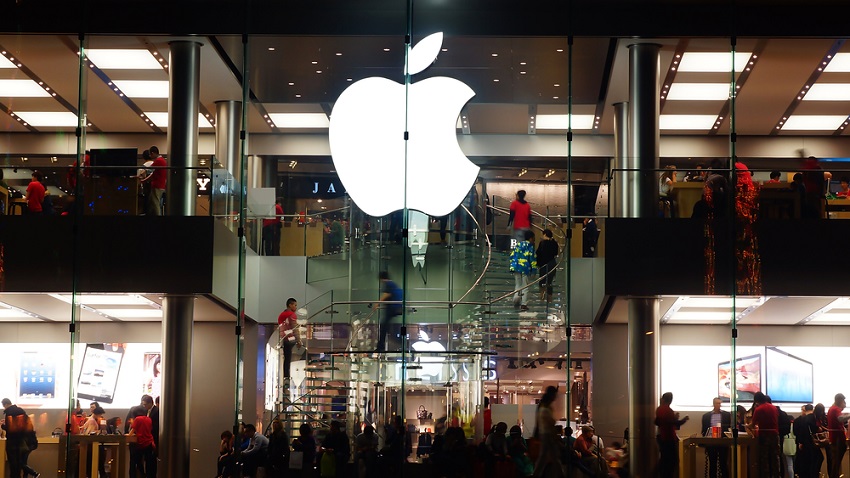“I’m actually as proud of the things we haven’t done as the things I have done,” Steve Jobs once famously said. “Innovation is saying ‘no’ to 1,000 things. You have to pick carefully.”
The import of the quote above remains a core component of Apple’s DNA, and has remained so even in the eight years since Steve Jobs handed over the CEO position to Tim Cook. Indeed, Apple even made a point of noting, during the intro video it ran at WWDC 2013, that its design process includes a “thousand no’s for every yes.”
What this design philosophy means, practically speaking, is that Apple isn’t afraid to spend a lot of time and engineering resources researching a product or a service, only to abandon it entirely if it can’t meet the company’s high standards for quality or utility.
Over the past few months alone, we’ve seen Apple abandon its AirPower charging pad and, if the rumors are to be believed, its long-rumored Augmented Reality glasses.
Most recently, Apple reportedly abandoned an idea for a wireless technology that would have enabled iPhone users to communicate with other users in areas with poor or even no cell phone reception.
Originally brought to light by The Information, Apple was reportedly working on the technology with Intel.
Apple was working with Intel on the technology that would have let people send messages from their iPhones directly to other iPhones over long-distance radio waves that bypass cellular networks, said two people familiar with the project. The technology would have functioned something like a walkie talkie for text messages, giving people the ability to communicate in areas unserved by wireless carriers.
Interestingly, the report claims that the feature may still see the light of day at some point in the future. Interestingly, one potential reason behind the delay is that the feature had to be pushed back in light of Apple’s somewhat recent settlement agreement with Qualcomm that ultimately saw Intel sell its entire modem business to Apple.
The larger takeaway here is that Apple, per usual, isn’t inclined to rush out features before they’re fully baked.








